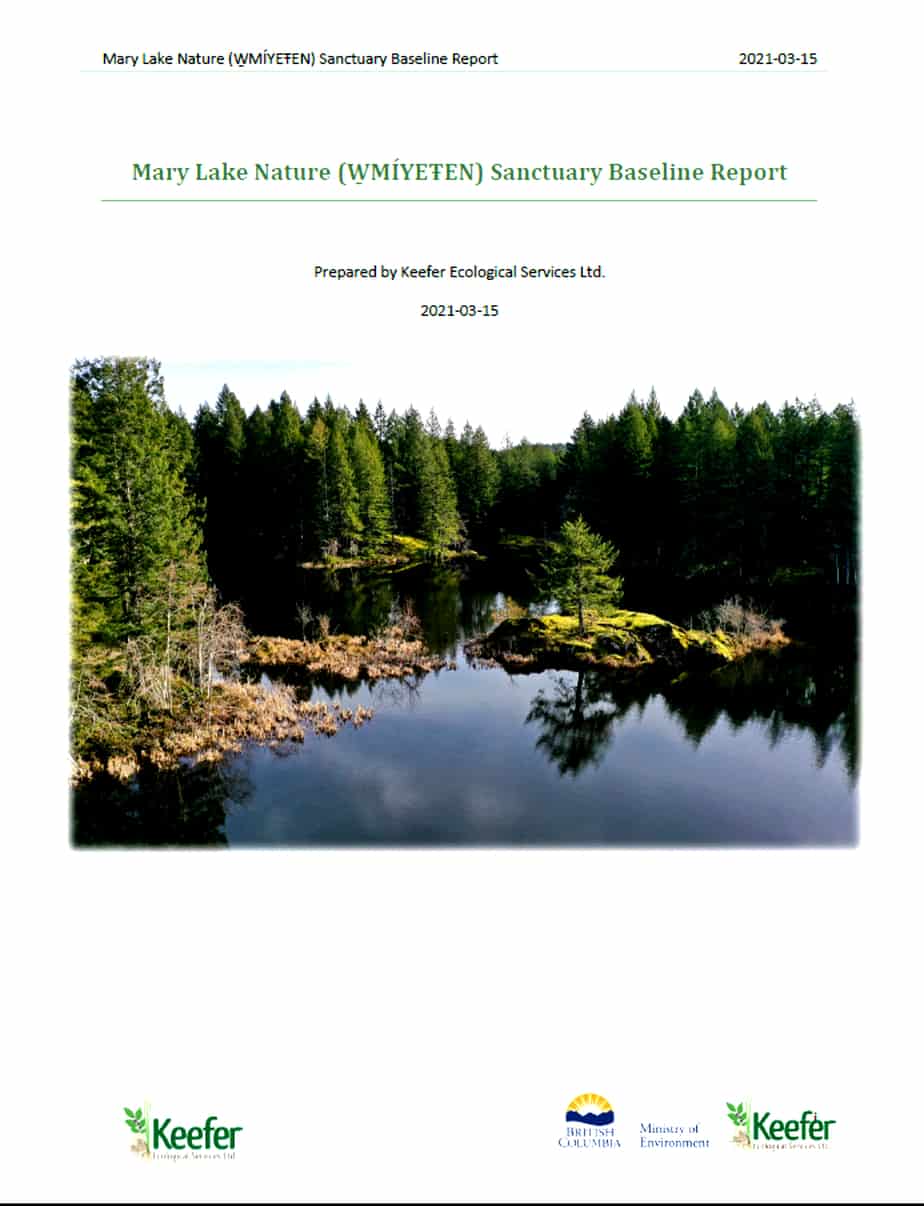W̱MÍYEŦEN Nature Sanctuary
(wh-my-eh-then: Place of the Deer)(Formerly Mary Lake)
Protecting Ecosystems and Species
Nov. 2022 GVGS completed three years and eight months of negotiations over the terms of a Registered Conservation Covenant with the Province of BC thus protecting the property from development in perpetuity.
Section 219 Conservation Covenant, and Section 218 Statutory Right of Way
EXCERPTS:
The parties agree that the intent of this Agreement is:
-
- to protect, conserve, maintain, enhance and, if applicable from time to time, restore the Natural State of the Lands and the Amenities,
- to facilitate the exercise of traditional indigenous land uses, culture and education, and
- to prevent any occupation or use of the Lands that will impair or interfere with the Natural State of the Lands or the Amenities.
Click on image for link to full covenant ………
In An Imperilled Coastal Douglas Fir Zone
It is an excellent example of an advanced second growth forest in the endangered Coastal Douglas Fir Zone on Vancouver Island
- The Coastal Douglas-fir biogeoclimatic zone (CDF zone) is the smallest and most at risk zone in BC and is of conservation concern (Biodiversity BC, 2008).
- The Coastal Douglas-fir ecosystem is tiny, only 0.3% of BC.
- It is very high priority for preservation, home to 29 endangered plant communities.
- Only about 9% of the CDF zone is protected in conservation areas
- Coastal Douglas-fir ecosystems are among the most imperiled coastal ecosystems. CDF ecosystems have been largely destroyed, fragmented and damaged by logging and urban, residential and agricultural development. (CRD)
We are a member of the Coastal Douglas-fir and Associated Ecosystems Conservation Partnership

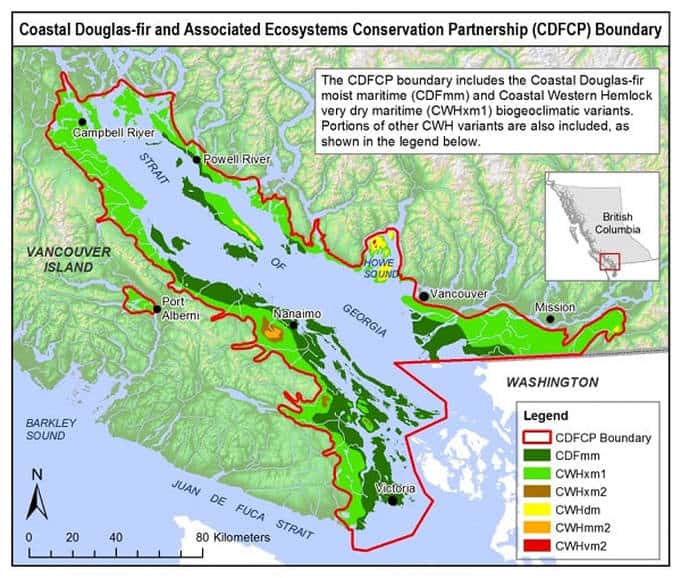

2021 Baseline Ecological Report
Click on the image on the right to link to the full report.
The terrestrial ecosystem mapping developed for the WNS circumscribes ten major groups of recognizable ecosystems and land cover types, including forested and non-forested communities.
“This ecologically diverse landscape is important not only by virtue of its current ecological state, and species currently present on site, but also for its potential to serve as habitat for the future migration and dispersal of species from the surrounding matrix habitat. Despite its small size, the protection of WNS represents a significant contribution to efforts to conserve the ecological integrity of the region, which is imperiled by ongoing development pressures. “
Protects Biodiversity
This property acts as an important wildlife corridor and natural link between Thetis Lake and Gowlland Tod Parks. The increasing urbanization of Vancouver Island is displacing many of the native wildlife species.
“Corridors are critical for the maintenance of ecological processes including allowing for the movement of animals and the continuation of viable populations.” ~ CRD
Research

Ongoing research has been conducted by major project teams from the School of Environment & Sustainability at Royal Roads University in Victoria BC.
Protects Wetlands
“The Wetlands exhibit the greatest species diversity……… the most interesting species combination, with a few remaining Vancouver Island aspen, hardhack, Pacific crabapple, slough sedge, skunk cabbage (to name just a few dominants). This combination originally occurred in many wetlands on southern Vancouver Island, but is now rare, mainly due to early conversion into agricultural land.”~ Hans Roemer, ecologist.
“Wetlands host a similar diversity of freshwater species. Along with many microbe and plant species, these animals form a complex food web. Damage to or removal of one component of the food web can affect the function of the whole system.” ~ CRD
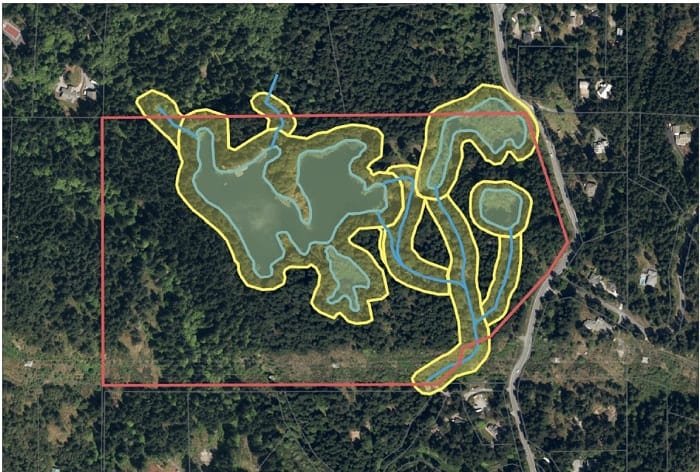
Map showing waterways & Riparian setbacks

Protects a Watershed
The property is in the 13,000 year old Millstream Creek Watershed which begins in the Gowlland Tod range and flows 18 km through four communities on it’s way to Esquimalt Harbour, near the town of View Royal and the City of Victoria, B.C.
A major tributary of the watershed is – Earsman Creek (4.2 km) which also flows through the W̱MÍYEŦEN Sanctuary property.
The seven-acre lake is spring fed and creates a refuge for fish (cutthroat trout) and waterfowl during the dry summer months.
“Streams and lakes are vital to the survival of fish, waterfowl and amphibian populations as well as the associated aquatic organisms and vegetation upon which these populations depend. Many riparian ecosystems in Vancouver Island’s eastern coastal lowland, as identified in the Sensitive Ecosystems Inventory (SEI) are characterised by lack of continuity and intense fragmentation. Efforts need to be made to maintain connections with adjacent upland ecosystems and to reduce fragmentation in order to preserve wildlife migration and dispersal functions.” (Sensitive Ecosystems Inventory Project 2018 – Environment Canada, Canadian Wildlife Service and CDC)
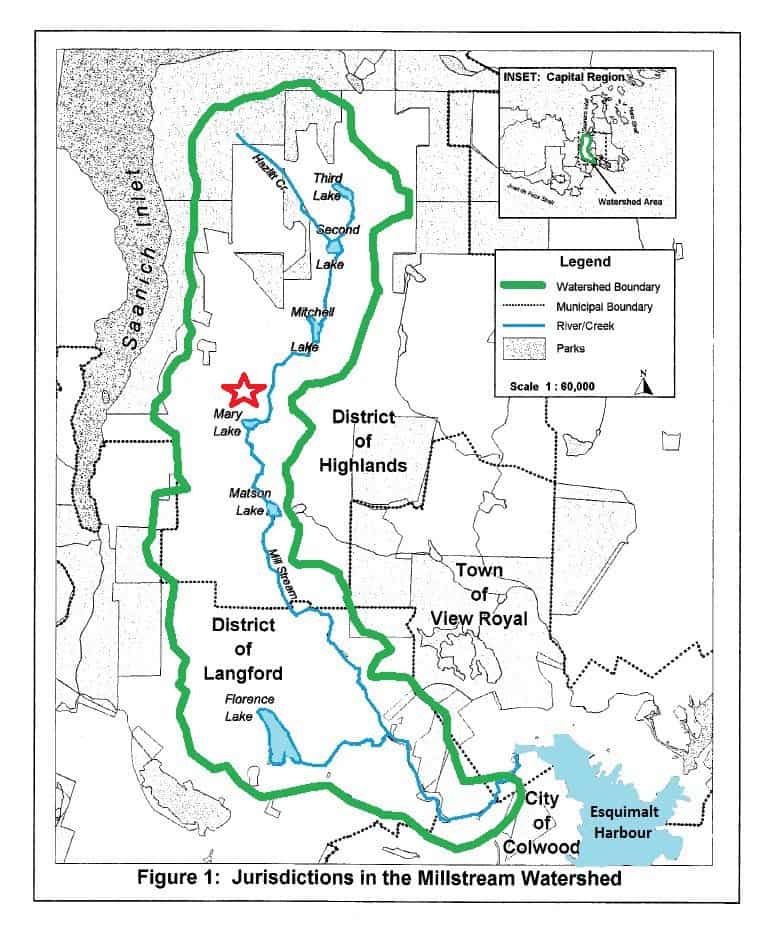
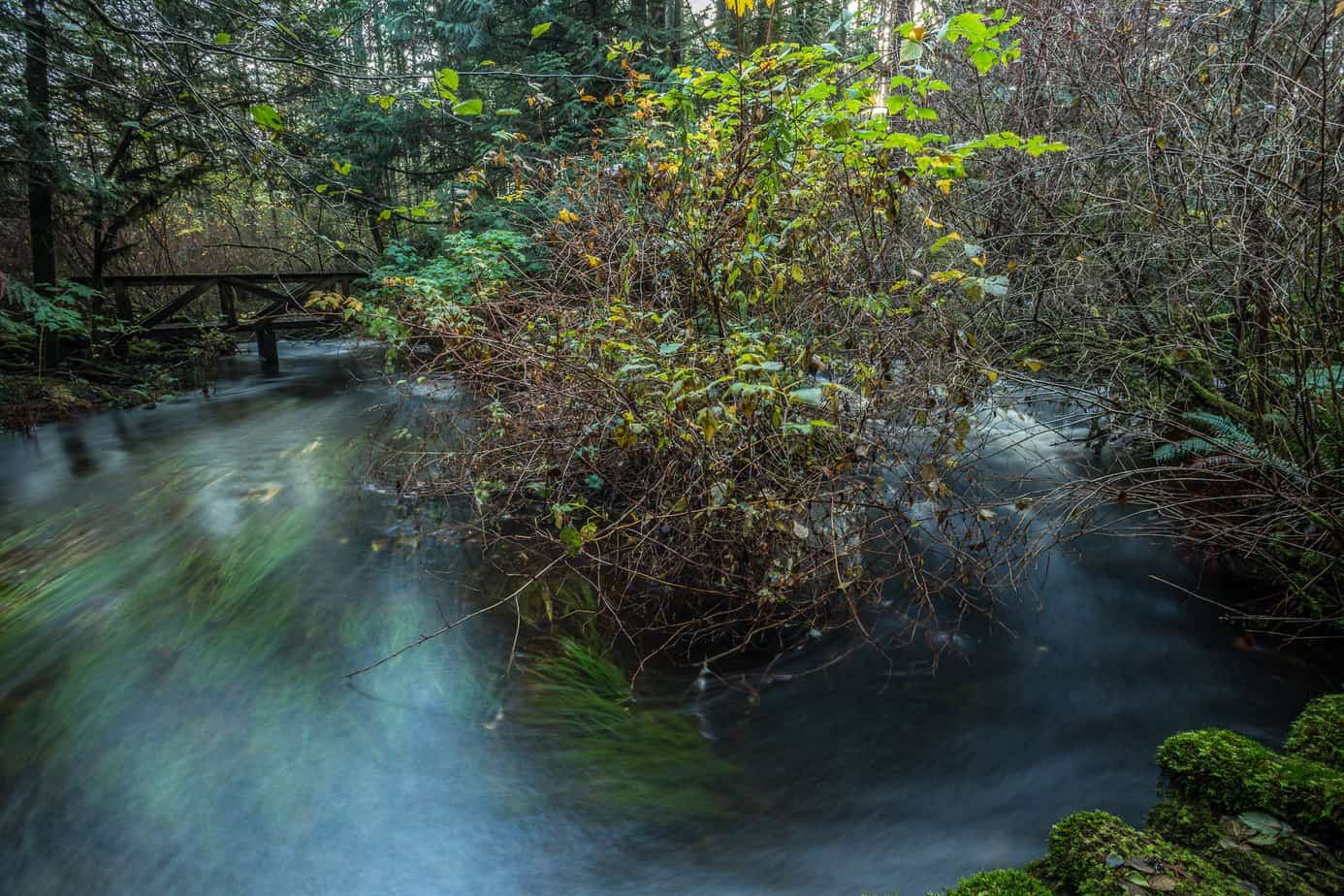

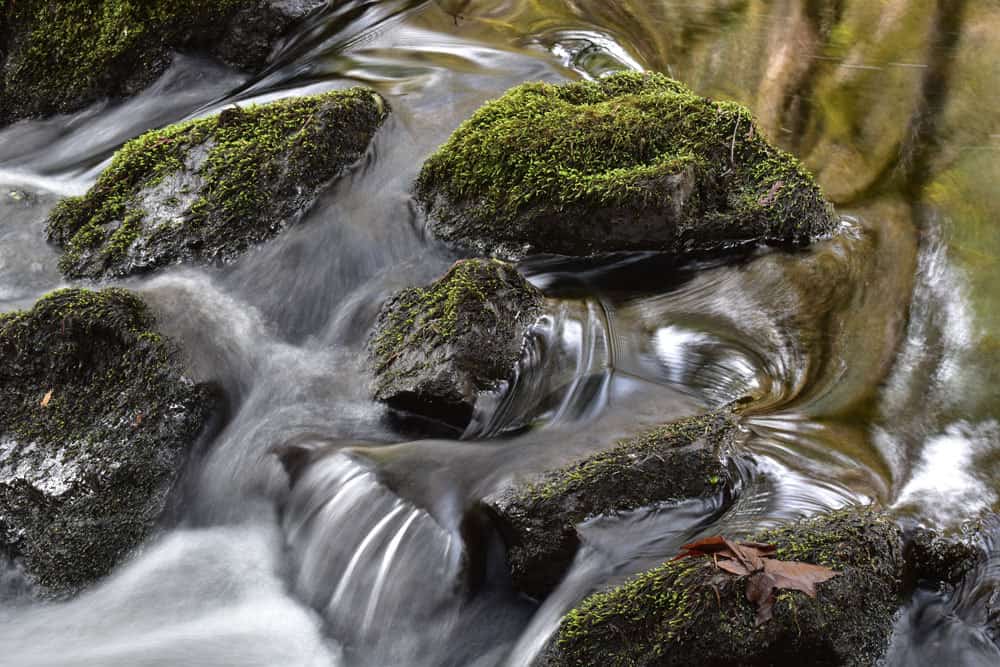
Potential pathway for Salmon
The Millstream Creek has the potential to become a pathway for salmon to reach Upper Millstream for spawning thus increasing the salmon populations. When important fishways are built at Aitkens Rd. in View Royal and Matson Lake in the District of Highlands salmon would be able to ascend as far as this Lake.
“Loss of spawning and rearing habitat is a major factor in the decline of local salmon stocks. This occurs when wetlands and estuaries are filled in for construction of buildings and roads, and when streams are placed in culverts and otherwise modified. Removal of streamside vegetation is a common consequence of development and has a number of effects.” ~ CRD







We are working to confirm the presence of other species at risk as the habitat is suitable for them:
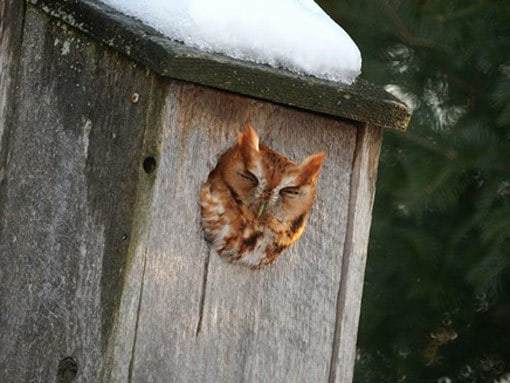
Six nest boxes for screech owl (another species at risk) were installed and an acoustic listening device installed to detect owl calls for a 2-week period in April. The nest boxes will be checked for occupation in early May.

Two bat houses (a maternal box and a rocket box) suitable for the little brown myotis (federally endangered), big brown bat and Yuma myotis were installed in late April.
Click Button to Link
Other Residents of the Sanctuary
Our Feathered Friends
So far we have identified 60 species of Birds on the property.
You can join e-bird and help scientists keep track of bird populations.
Visit these links for more info
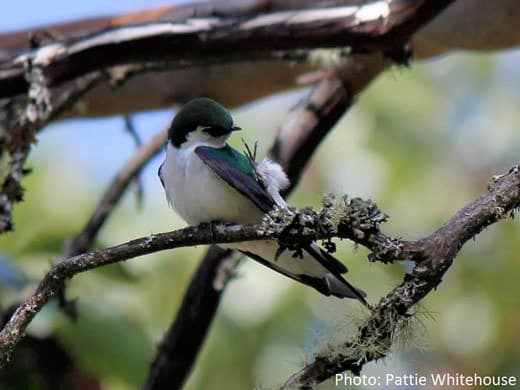

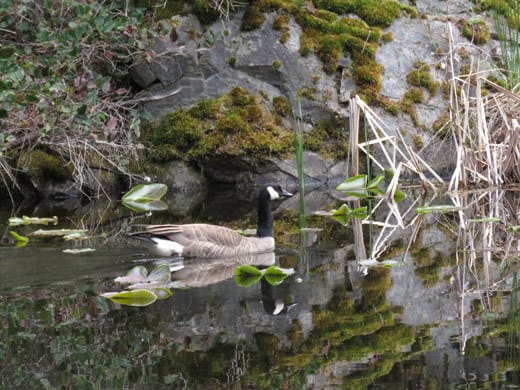

Four-legged Residents
The lake is home and play area for 4 resident Otters and 3 busy Beavers.
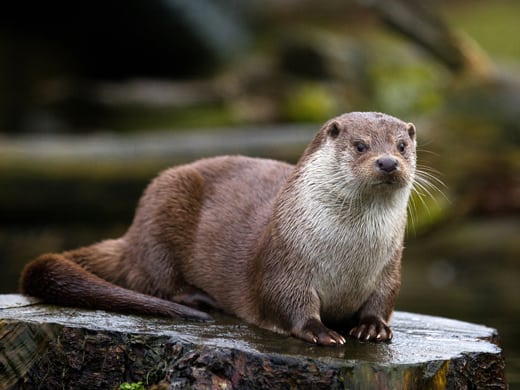
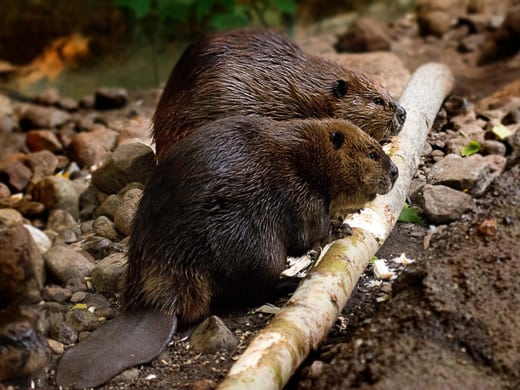



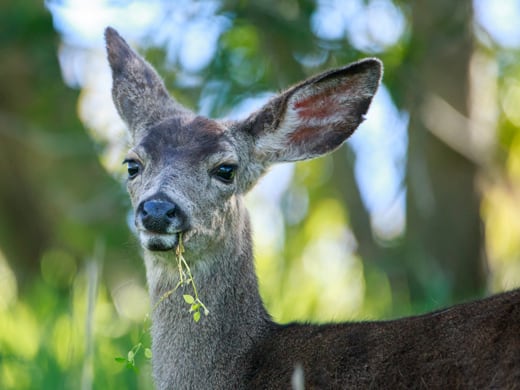
W̱MÍYEŦEN Nature Sanctuary
1772 Millstream Rd,
Victoria, BC V9B 6E4
W̱MÍYEŦEN Nature Sanctuary Society 1772 Millstream Rd.
Victoria, BC. V9B 6E4
Registered Charity BN: 11894 6953 RR0001
WSÁNEC Coast Salish
W̱MÍYEŦEN Nature Sanctuary lies within the traditional territories of the WSÁNEC (Saanich) Coast Salish Peoples.
We recognize the integral role the ancestors of the WSÁNEC Coast Salish Peoples play as past stewards of the Highlands lands.

